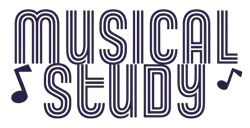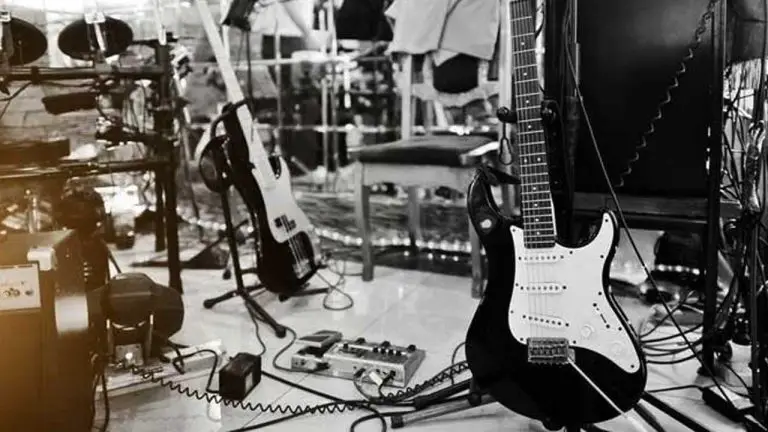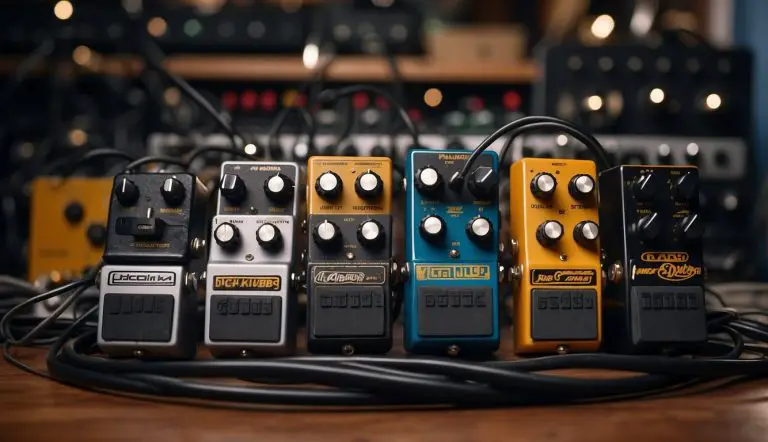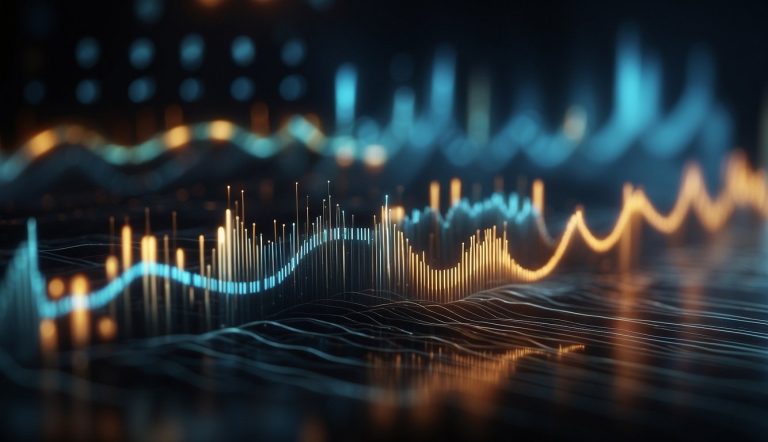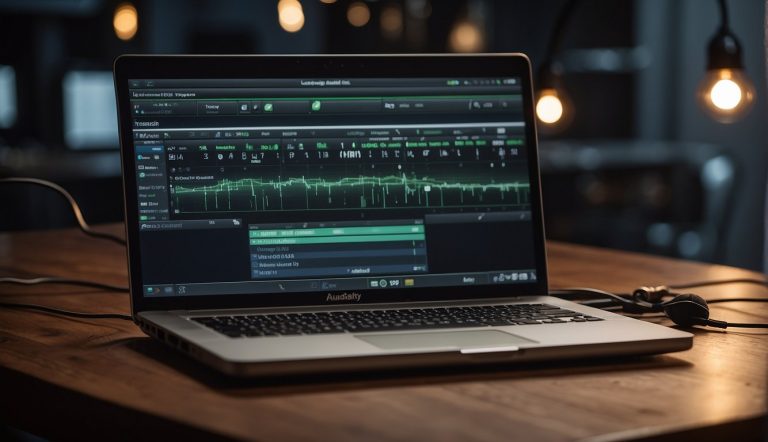Should Delay Go Before or After Reverb? – Optimizing Your Effects Chain
When crafting the soundstage of a live performance or studio recording, the placement of delay and reverb effects relative to each other is a tactical decision that can greatly affect the overall sound.
Delay, as an echo-like effect, repeats the original signal at varying time intervals, adding depth and rhythm to a track.
Reverb, on the other hand, simulates the sound reflecting off surfaces in an acoustic space, providing a sense of environment and spatial presence to the vocals or instruments.

The debate whether delay should come before or after reverb is not just academic but practical.
Placing delay before reverb creates a more naturally decaying echo that can blend into the simulated acoustic space, often resulting in a smoother sound.
Conversely, placing reverb before delay can yield a more pronounced and sometimes creative texture, as the reverberated signal is further processed by the delay, emphasizing the tail of the reverb effect.
The optimal configuration often depends on the desired outcome and can vary from one musical genre to another, or even from one song to another.
Key Takeaways
- Delay and reverb placement affects depth and environment in sound production.
- Delay before reverb typically offers a smoother blend of echoes with space.
- Reverb before delay can emphasize creative textures in the sound’s tail.
Reverb and Delay – What Are The Basics?
I want to shed light on the essentials of reverb and delay and how their placement affects the sound. By understanding these basics, I can manipulate the spatial aspects and timing of sound in both live settings and recordings.
The Basics of Reverb and Its Role
Reverb, or reverberation, is all about the natural ambiance that a space imparts to sound. When a sound is made in a room, what I hear is a complex pattern of echoes reflecting off walls and objects. Early reflections quickly follow the initial sound, while a longer tail of reverb gives the sense of space. In basic form, reverbs simulate these natural phenomena.
Key parameters in reverb include:
- Mode/Type: Defines the character of the simulated space (hall, room, plate, etc.)
- Decay time: How long the reverb tail lasts
- Level: Controls the balance between the dry (original) signal and the wet (processed) signal
Delay and Its Impact on Sound
Delay adds repeats or echoes to the sound by playing back the original signal after a set period of time.
The controls that I find crucial in a delay are:
- Time (in milliseconds): Sets the interval between the original sound and its echo
- Feedback: How many repeats are heard and how they decay
- Level/Mix: The volume of the delayed sound relative to the original
By adjusting these, I can create effects from a simple slap-back to complex rhythmic patterns.
Exploring Signal Chain Placement
The signal chain refers to the order in which effects are placed, affecting how they interact with each other.
In my pedalboard, if I place a reverb before a delay, the echoes replicate the reverberated sound, which can cause a muddy mix.
Conversely, when delay precedes reverb, there’s more definition to the echoes, as they are then placed in the simulated “space” created by the reverb.
Signal Chain Considerations:
- FX Loop: Placing time-based effects here can keep the clarity intact because they are added post pre-amp stage.
- Pedalboard Order: I think about whether I want my delays to have the ambiance of the reverb (reverb before delay), or if I want my reverberated sound to have rhythm (delay before reverb).
Time-Based Effects in Practice
Using these effects in a musical context can significantly affect the texture and feel of my sound.
In a live environment, I have to consider the natural reverb of the space and adjust my pedals accordingly.
In the studio, I have full control to shape my sound as desired.
Personal preference plays a role here, and there’s no hard and fast rule, but I always aim for the best clarity and expression of my music.
How to Adjust Effects Parameters for Optimal Sound
Crafting the perfect sound involves the meticulous adjustment of various effects parameters. I’ll help you navigate through tweaking your reverb and delay, to using modulation, EQ, and dynamics, ensuring each effect complements the other.
Tweaking Reverb Parameters
When I adjust reverb on my amp or reverb pedal, I pay close attention to the decay and mix knobs.
The decay determines the duration of the reverb tail—I set it shorter for a tight room sound or longer for a cavernous echo.
The mix knob balances the wet and dry signals; I usually aim for enough reverb to feel the space without drowning the original signal.
- Decay: Short for small rooms, Long for large spaces
- Mix: Higher values for more wet signal
Dialing in Delay Settings
With delay pedals, I carefully set the time, feedback, and mix to fit the tempo and feel of the music.
The time knob adjusts the delay between repetitions—aligning it with the tempo can be done by ear or with a tap tempo feature.
I set feedback for the number of repeats, and I tweak the mix similar to reverb, balancing the delayed signal with the original.
- Time: Match to song’s tempo (use tap tempo if available)
- Feedback: Adjust for desired number of echoes
- Mix: Blend original and delayed sounds
EQ, Dynamics, and Modulation Effects
EQ and dynamics, like compression, shape the tone and response of my guitar before it hits the reverb and delay.
I use a boost or cut on particular frequencies to ensure clarity.
Compression helps control dynamics for consistent signal level.
I sometimes apply chorus, phaser, or flanger effects to add color and movement—setting them subtly not to overwhelm the core tone.
- EQ: Boost or cut to enhance clarity
- Compression: Apply for level consistency
The Interplay Between Effect Types
Integrating different effects means considering their interaction.
If I place delay before reverb, the reverb affects the repeats, creating a washier sound. Reversing that makes the delays distinct.
Modulation effects like chorus or tremolo should be applied with care; placing them after delay and reverb can create additional texture without cluttering the original signal.
- Delay before Reverb: Washier sound
- Modulation after Delay/Reverb: Clear modulation without muddiness
Expression and Volume Control
Using a volume pedal gives me control over the overall level without adjusting the amp, and an expression pedal lets me modify effects parameters in real-time, like the depth of a wah or the rate of a tremolo.
Wah pedals can be particularly expressive, with the notch frequency moving along with my foot, changing the tone dynamically.
- Volume Pedal: Manage output without changing amp settings
- Expression Pedal: Real-time control over certain effects parameters
Equipment Choices and Personalization
When considering the signal chain for my guitar setup, the placement of delay and reverb pedals can significantly affect my tone. Let’s explore how to make informed choices about which pedals to use and how to tailor them to my personal style.
Selecting the Right Pedals and Equipment
I always pay close attention to the volume when selecting pedals, especially since both delay and reverb can dramatically shape the energy and ambience of my music.
If I’m looking to add dirt to my tone, I might choose overdrive or distortion pedals before reverb or delay to prevent muddying the atmospheric quality I’m aiming for. Here’s a quick breakdown of what I consider:
- Volume Pedal: Ideal for managing overall output, and I place it early in the chain.
- Overdrive/Distortion (Dirt): I add these before delay and reverb for a cleaner atmospheric sound.
- Reverb Pedal: Sits after dirt to keep the natural space and ambience intact.
- Delay Pedal: Placed after reverb if I want a more pronounced echo or before reverb for a subtler effect.
- Tuner and Buffer: Tuners are essential and usually come first, while buffers can help maintain signal strength.
In terms of power, I ensure my power supply can handle the collective draw of my pedals without introducing noise.
In my pedalboard setup, signal path is king. I tweak the gain, tone, and level settings on each of my pedals, including my wah pedal, fuzz pedal, and compressor, to collectively shape a sound that reflects my artistic vision.
Incorporating Personal Style and Preference
Personal preference is the linchpin of my rig. Whether I’m playing guitar or bass, or even if I’m routing through a mic for more experimental sounds, my gear choices stem from the desire to create a unique sound. Here’s how I incorporate my style:
- My Touch on Tone: Even minor tweaks in amp settings or pedal parameters can bring a personal stamp to the music.
- Ambience and Energy: To create the right energy, I decide if I want my signal to be more aggressive or laid back, which can dictate whether I integrate compression for tightness or allow more dynamic range.
- Flexible Effects: I enjoy experimenting with a looper in my chain for layered soundscapes, sometimes before reverb for evolving textures.
Advanced Techniques and Creative Applications
Creating the perfect balance of delay and reverb is a quest for depth and ambiance that can define a live performance or studio recording.
Let’s dive into some advanced techniques and creative applications that manipulate these effects to enhance the music experience.
Using Delay and Reverb in a Live Setting
In a live setting, incorporating delay before reverb can add a pronounced bounce and energy to my guitar solos.
I use the delay to create repeating echoes that sustain and build up, then use reverb to add an atmosphere around those repeats.
By adjusting the feedback and mix of my delay pedal, I manage the number of repeats and the power they carry.
A higher feedback level leads to more repeats, making the texture richer before it hits the reverb.
I might use a pre-delay setting on the reverb to allow the initial delay taps to stand out before the reverb tail kicks in, thereby controlling the clarity and spacing of each effect.
- Feedback: Controls the number of repeats
- Mix: Balances the dry and effected signals
- Pre-delay: Sets a delay before the reverb begins, essential for maintaining note definition
Studio Tricks and Effects Layering
In the studio, I tend to experiment with the layering of textures to create a space that feels both vast and intimate.
Sometimes, I place the reverb before delay, which modulates the reverb trails themselves, for a unique, elongated atmosphere.
This flip can cause fading textures to interact with each subsequent note or chord, producing an almost ethereal musical landscape.
Modulated reverb adds a slight pitch shift to the tails, enhancing the sense of movement before running into the delay.
Important parameters to adjust include:
- Depth: Influences the intensity of the modulation on reverb
- Power: Overall level control for boosting the effected signal in the mix
Exploring the Iconic Sounds of Influential Guitarists
When I’m looking to capture the essence of an influential guitarist like Eddie Van Halen, it’s not just about the notes played, but also about replicating the unique sonic space they created.
Eddie was known for his use of both delay and reverb to add dimension to his lightning-fast guitar licks.
Mimicking his tone involves paying attention to his use of trails from the delay and how they interact with the reverb to create a powerful, sustaining energy.
To achieve this sound, I sync the tempo of the delay to the music, allowing the repeats to match the rhythm precisely, and mix in the reverb to add that iconic spaciousness.
- Tempo: Refers to the timing of the delay repeats in relation to the song’s BPM
- Energy: The dynamic feel the effects add to the playing, often mirroring the music’s intensity
Frequently Asked Questions
When it comes to sculpting the perfect sound, the order in which you place your delay and reverb pedals can significantly shape your tone.
Here, I’ll address common questions about how to get the best results from these effects.
What’s the best pedal order for including a delay and reverb together?
For a clearer and more distinct echo, I typically recommend placing the delay pedal before the reverb. This way, the reverb effect doesn’t muddy the repeats generated by the delay pedal.
How does placing delay before reverb affect the sound for vocals?
Putting the delay before the reverb ensures that the echo from the vocals is reverberated, creating a larger and more spacious sound. It’s a common technique I use for vocals in live music to add depth without washing out the clarity.
What are the sonic differences between delay and reverb pedals in various chain positions?
When I place a delay pedal after the reverb, the echoes replicate the reverberated signal, making the sound more ambient. Conversely, delay before reverb keeps the echoes crisp and the reverb tail more articulate.
Can chorus effects be effectively used between delay and reverb pedals?
Absolutely. Inserting a chorus effect between delay and reverb can add a lush modulation to the delayed signal before it gets diffused by the reverb, which can be really pleasing to the ear when done right.
What’s the impact of having a looper pedal before or after reverb in your effects chain?
When I place the looper before the reverb, I can loop a clean signal and then apply reverb to the entire loop, which gives me more control in a live situation.
If the looper is after the reverb, the looped signal includes the reverb tail, creating a more consistent ambient layer.
Is it better to place a tremolo pedal before delay or after it?
I prefer to place the tremolo pedal before the delay. This way, you get a more pronounced rhythmic pulsing effect.
If it’s placed after the delay, the tremolo modulates the delayed signals.
This can either enhance the rhythm or create a chaotic modulation, depending on your settings.
